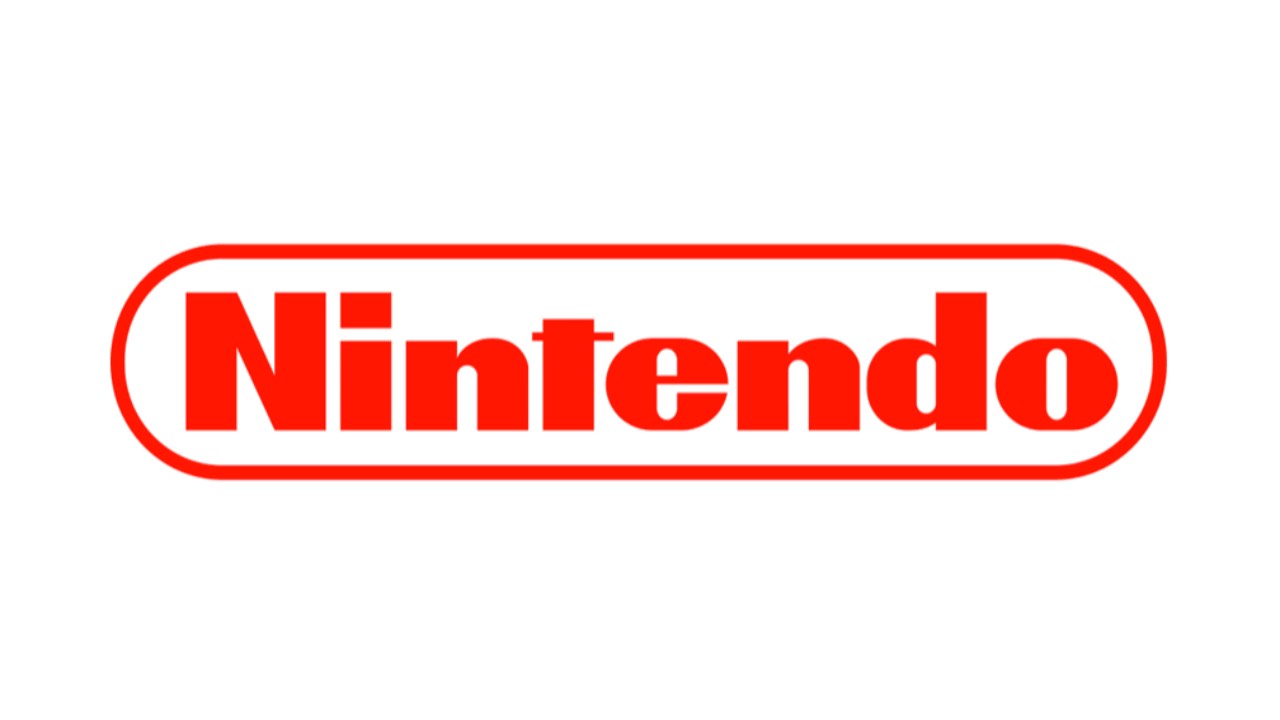The Wi-Fi Alliance, the wireless industry trade organisation that exists to promote wireless technologies and interoperability throughout its ecosystem, has enhanced what will be the key wireless standard in the 6 GHz frequency band to boost innovation and foster ecosystem growth for Wi-Fi 6E.
In April 2020 consumer electronics trade and communications spectrum bodies, wireless broadband trade associations, and portable device manufacturers applauded US regulator the Federal Communications Commission (FCC) for voting to make 1,200 megahertz of spectrum available for unlicensed Wi-Fi use in the 6 GHz band, effectively ushering in the age of Wi-Fi 6E.
The new standard could potentially bring nearly six times the total capacity in both 2.4 and 5 GHz, seven contiguous 160 MHz channels, and less interference from legacy Wi-Fi devices. This is said to translate to multigigabit Wi-Fi speeds and more devices performing optimally on a Wi-Fi network at once.
The spectrum of frequencies in the 5.925 – 7.125 GHz band are available in the US for use for unlicensed devices, which would share the spectrum with incumbent licensed services under rules crafted to protect the latter and support both wireless operation types.
US businesses had lobbied the FCC for such regulation, trying to persuade the commission that such a large unlicensed allocation with seven 160MHz channels would have a dramatic impact. The FCC has now confirmed it is in favour of the proposal. UK regulators decided to allow unlicensed use of about 500MHz of spectrum, nearly doubling the amount of spectrum available to Wi-Fi in the country.
The FCC’s decision was described as a milestone and a watershed moment for innovation that will supercharge connectivity in basically all application areas, including remote education, telemedicine, work and commerce, gaming, and social media. And ramping up the momentum, the Wi-Fi Alliance has now defined the architecture, protocols and functionality for the automated frequency coordination (AFC) system-to-AFC device interface for the wireless standard.
Development of this specification demonstrated, said the Wi-Fi Alliance, its commitment to maximising 6 GHz spectrum opportunity, as well as to expanding Wi-Fi 6E benefits and innovation. “This specification represents remarkable collaboration among our member companies,” said Edgar Figueroa, president and CEO of the Wi-Fi Alliance. “Wi-Fi Alliance is advancing industry goals to accelerate Wi-Fi innovation and ecosystem growth in the 6 GHz frequency band.”
Wi-Fi Alliance members have already mobilised around Wi-Fi 6E certification. The Wi-Fi Alliance note that the standard was already gaining rapid adoption worldwide, with more than 338 million devices projected to enter the market in 2021 and the first access points supporting the new Wi-Fi 6E standard recently available.
The Wi-Fi Alliance believes the new specification will enable members to develop an array of Wi-Fi 6E products that will operate under AFC control. The organisation says its effort to define the AFC system will continue, ensuring the worldwide adoption, interoperability, security and reliability expected of Wi-Fi.













